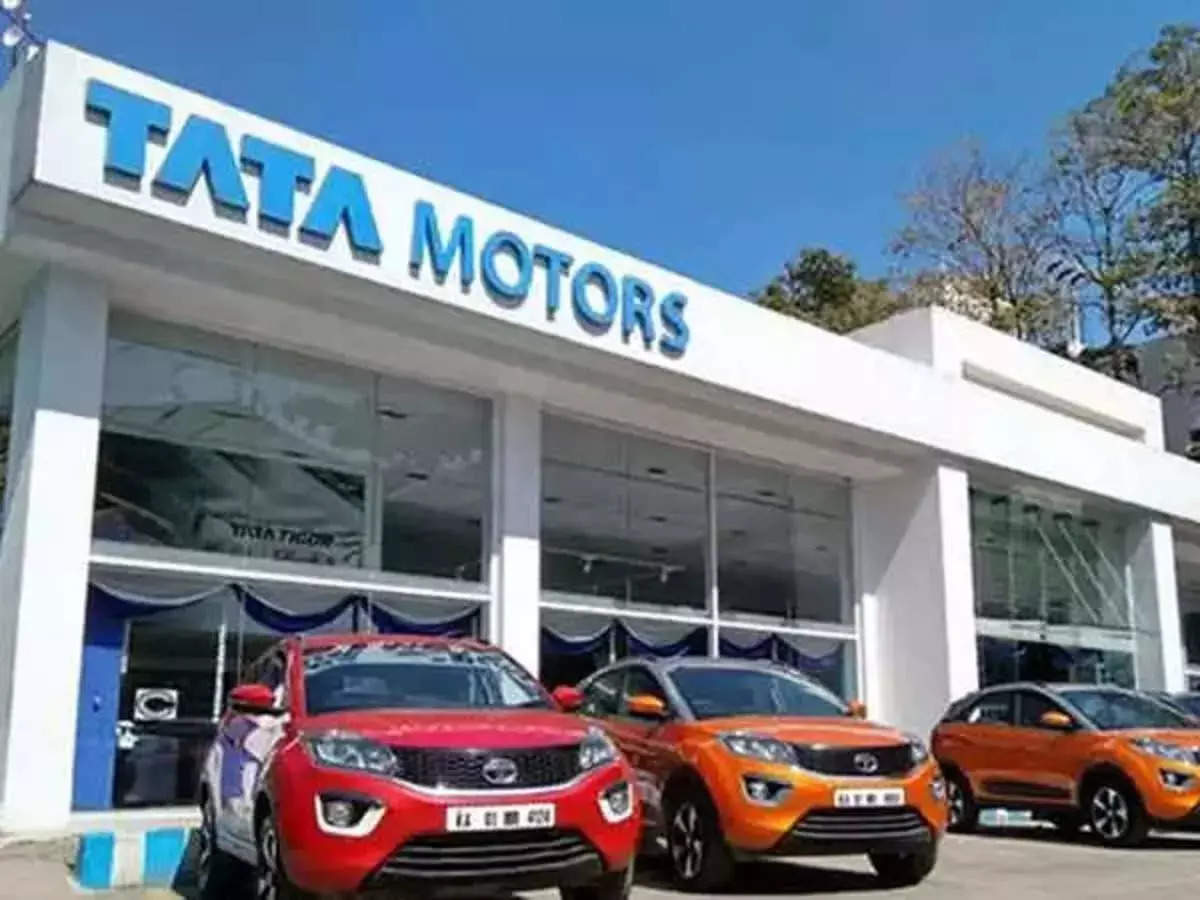Previously, the planning and forecasting were done based on retail numbers — cars booked by customers but may not have actually been sold.
Automakers in India have been following the practice of dispatching vehicles to their dealers on the basis of this retail performance, which doesn’t always give the actual picture of on-ground sales. Since a vehicle is registered only when the buyer pays, registration numbers are the best indicator of the conclusion of the sales cycle, said people in the car retail business.
The government’s Vahan portal captures registration data from regional transport offices from across the country on a real-time basis.
Shailesh Chandra, managing director of Tata Passenger Vehicles and Tata Passenger Electric Mobility, said the company rolled out the Vahan-based system of assessing sales and dealer performance in October and has benefited from the move. On one hand, it has helped the automaker align supplies to demand better and pare inventory. On the other hand, dealers have benefitted as it has freed up working capital.
“We have significantly reduced despatches to our dealers to ensure we are in a healthy situation with regard to inventory. It also gives us full visibility of the stock,” Chandra told ET.The strategy has started paying off. Average inventory (calculated by subtracting the vehicle registration numbers from dispatches by manufacturers to dealers) at Tata dealers was negative in the December quarter compared with the previous quarters. During the quarter, the company’s average monthly number of vehicles registered was 50,386 units, higher than the average dispatches of 46,029 units. It was the first time in 10 months that Tata Motors saw car registration outpace dispatches by such a wide margin, show Vahan registration data.According to him, any other data apart from Vahan, captured within the sales cycle to gauge the on-ground demand, create a wrong pressure within the system, often resulting in sales push and ending up compromising the data sanctity.
“The shift to Vahan data drives the whole culture towards the real demand,” said Chandra, adding that the switch wasn’t easy. Tata Motors had to devise its own ways to arrive at the right proxy measures for data collection and create an information system that fits the new mode.
Manish Raj Singhania, president of the Federation of Automobile Dealers Association, said dealers have been concerned about the “ghost retail”, where the vehicle is shown as retailed in the dealer management system, but the stock is lying at the dealerships and retailed only in the subsequent months. “Whatever is reflected in Vahan is the only genuine retail. Hence, the whole industry should calculate their sales and market share based on the registration seen on Vahan.”
Tata Motors dealers said the new system based on the Vahan numbers “has improved the cash cycle”. Under the earlier system, once the vehicles were delivered to the dealers, the onus of generating cash after selling the vehicle will rest solely on the dealer. If the sales were sluggish, the cash generation would get delayed, straining the cash flow.


